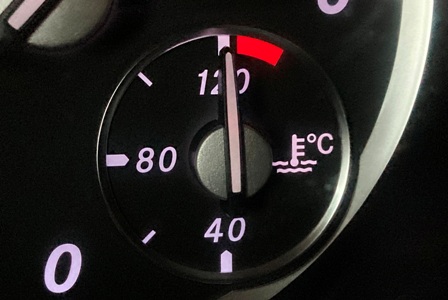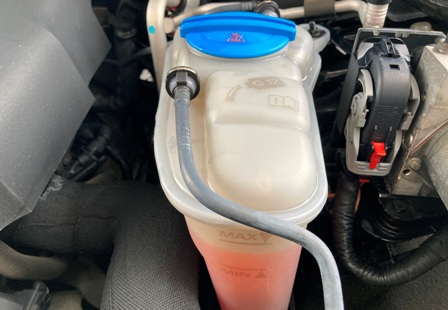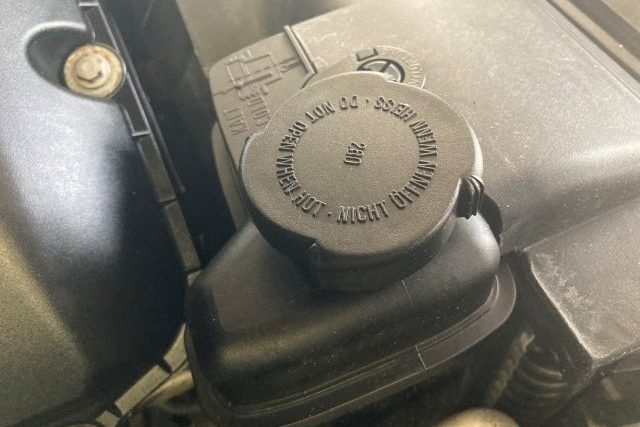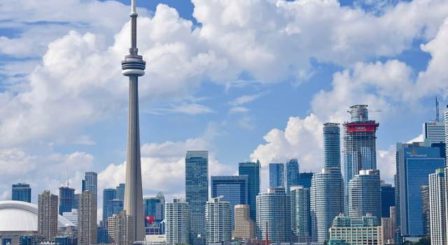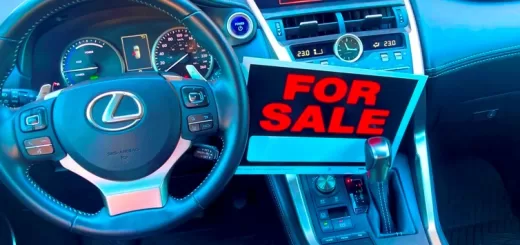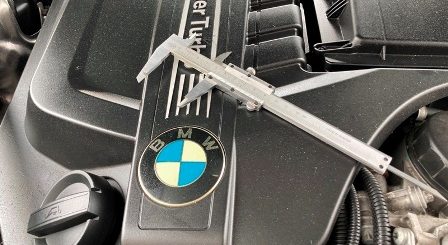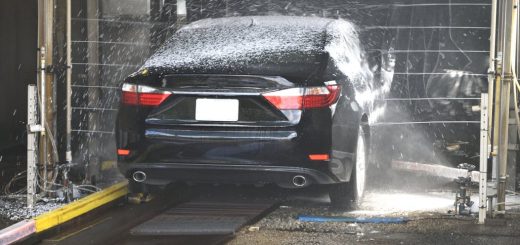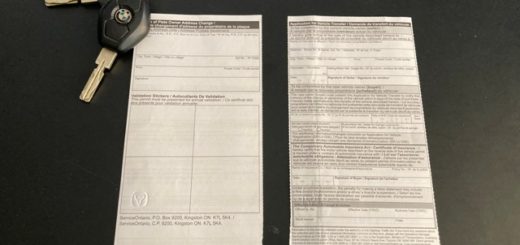What to Do if Your Car Overheats
What to Do if Engine in Your Car Overheats: Modern car engines can tolerate (and are tolerating) a lot of abuse, infrequent oil changes, harsh driving and environment, neglect of general maintenance, etc. However, one thing modern engines do not tolerate well is overheating. Overheating will promptly destroy or cause very expensive damage to car engines in a very short period of time.
Engine overheating will usually happen when components of cooling system fail or cooling system is low on coolant.
Generally, there is not much to do if your engine overheats while driving, but there are few steps you can take to avoid engine damage and pull over safely.
You will receive a temperature warning light on dashboard and temperature gauge will be close or at max temperature. Details on What is Temperature Warning Light.
Symptoms of Engine Overheating
1. Coolant smell in cabin
Engine coolant has a sweet smell as a result of a chemical called ethylene glycol which is added to coolant as antifreeze. Ethylene glycol is also used in aircraft deicing. If you have a coolant leak, coolant smell will enter cabin thru air conditioning vent. Check temperature gauge if you feel coolant smell.
If temperature gauge is normal keep driving until your destination and then check under the hood. Otherwise if temperature gauge is moving up, pull over when safe to do so and wait until engine cools down.
2. Smoke or Steam from Engine Bay
If you have a cooling system leak or a broken coolant line, steam will be the first visible sign. Coolant has a temperature of about 90 Celsius. When coolant leaks, you will see steam or coolant vapors coming out of engine bay. Coolant steam is a sure sign of coolant leak.
Pull over when safe if you have or suspect a coolant leak. When enough coolant has leaked and level drops below minimum specification your engine will soon start to overheat.
3. Temperature gauge
If engine temperature rises above optimal parameters, you will be able to see it on Coolant Temperature Gauge, needle will move closer to Red overheating mark. Keep an eye at temperature gauge if you suspect a coolant leak or your car is overheating.
If you catch it in time, do not let temperature gauge hit maximum mark, pull over sooner and let engine cool down.
4. Temperature Light
Cars that do not have a temperature gauge are equipped with temperature light. Temperature light has two colors: Blue and Red. Blue temperature light is just a remainder to drive slowly until engine has reached normal temperature. As soon as engine is warmed up blue temperature light will turn off.
Red temperature light is a warning engine temperature is above optimal readings and engine is overheating. If you get a red temperature light while driving, pull over as soon as possible, when safe to do so.
Temperature Warning Red light will also illuminate as a warning of engine overheating.
What To Do If Your Car Overheats
1) Do not Panic If Your Car Overheats
Control the situation and do not panic. Engine overheating should not be a dangerous situation unless you panic and turn it into one. You will have plenty of time to safely pull over with full vehicle control.
Your engine will not fail abruptly while overheating, it takes some time. Look around, check your surroundings and keep driving until you find a safe spot to pull over. Panic never helped anyone and only makes things worse.
2) Turn Off A/C
Turn off air conditioning system immediately. Air Conditioning compressor is powered by engine using a belt and it takes about 5 horsepower to operate it. In case of overheating you should reduce engine loads to a minimum.
Air conditioning will make an overheating situation much worse by raising engine temperature even more. Do not use A/C when your engine is overheating.
3) Turn Up Heat at Maximum Setting
Turn heat on maximum setting and ventilation fan on full blast. This action will dissipate some engine heat using heater core and give you few more minutes to pull over safely. A valve opens when you turn heat on and sends coolant to heater core.
Heater core is a small radiator located inside your cabin and provides warn air. Coolant will flow to heater core and will remove some heat from engine. Keep your ventilation fan on full blast too, more air removes more heat.
In summer it will get boiling inside your cabin, but better few minutes of sweating than paying for a new engine.
4) Pull Over When Safe
Pull over when safe to do so and turn off your engine. You have a couple minutes to pull over safely with an overheating engine. Do not drive your car for more than few minutes or few kilometers, you might blow up your engine.
Heat is engine enemy number one. Car engines are made of aluminum alloys and aluminum does not tolerate much heat before it starts bending and warping.
Cylinder head for example, can warp or crack very easily when engine is overheating and is very expensive to repair. You will likely need a new engine if cylinder head breaks. Make sure to pull over as soon as possible, do not try to reach your destination if engine is overheating.
5) Check Coolant Level
Do not open hood immediately, wait 10 or 20 minutes before you check coolant level. Coolant temperature is about 90 degrees Celsius. If your car is overheating then coolant temperature will be 120 Celsius or more.
Also coolant is under pressure, more so with an overheating situation. If you open radiator cap immediately, you will have coolant spraying and burn yourself.
Wait for 10 to 20 minutes before opening radiator or coolant expansion tank cap. Use a rag or a towel to open coolant expansion tank cap. Turn cap slowly, if you feel pressure do not open it. Wait for another 10 minutes until cooling system pressure is reduced.
Water can be added instead of coolant, not a problem in an emergency. However, if you have a large leak adding water will not help, will leak again soon after.
6) Do not Drive Your Car Anymore
What to Do if Car Overheats: Do not drive anymore and call a tow truck. As we said earlier, engines are very easily destroyed by overheating, and it doesn’t take much. Do not risk expensive repairs or a blown up engine.
Its not safe either to drive with overheating engine. Engine can fail at any time and you will have to pull over when your car has no power. Its dangerous actually, your braking power is reduced when engine is not running and you will have no engine power to maneuver, especially on highway.
Taking a chance blowing up your engine by driving while overheated to save couple hundred bucks on tow truck charges is not worth it. If you have CAA membership, towing will be free of charge. Call a tow truck and send your vehicle to repair facility.
7) Do not Ignore Overheating Problems
Repair you overheating problem as son as possible. do not neglect it. Even if sometimes it seems to resolve by itself or problem is intermittent. If a problem manifest once is guaranteed it will happen again in the future. Do not risk your safety and expensive engine repairs.
Small problems can cause big problems very fast and few hundred dollars in repairs today can turn into few thousand dollars in repairs tomorrow if left unattended.
How Cooling System Works by Haynes.
(If you are also looking for a fast and easy solution to sell your car, more here on “How To Sell Your Car Fast In Ontario”. )
Comments: If you have any questions or suggestions related to this post or Used Car Toronto in general, don’t hesitate to use comment section below.


